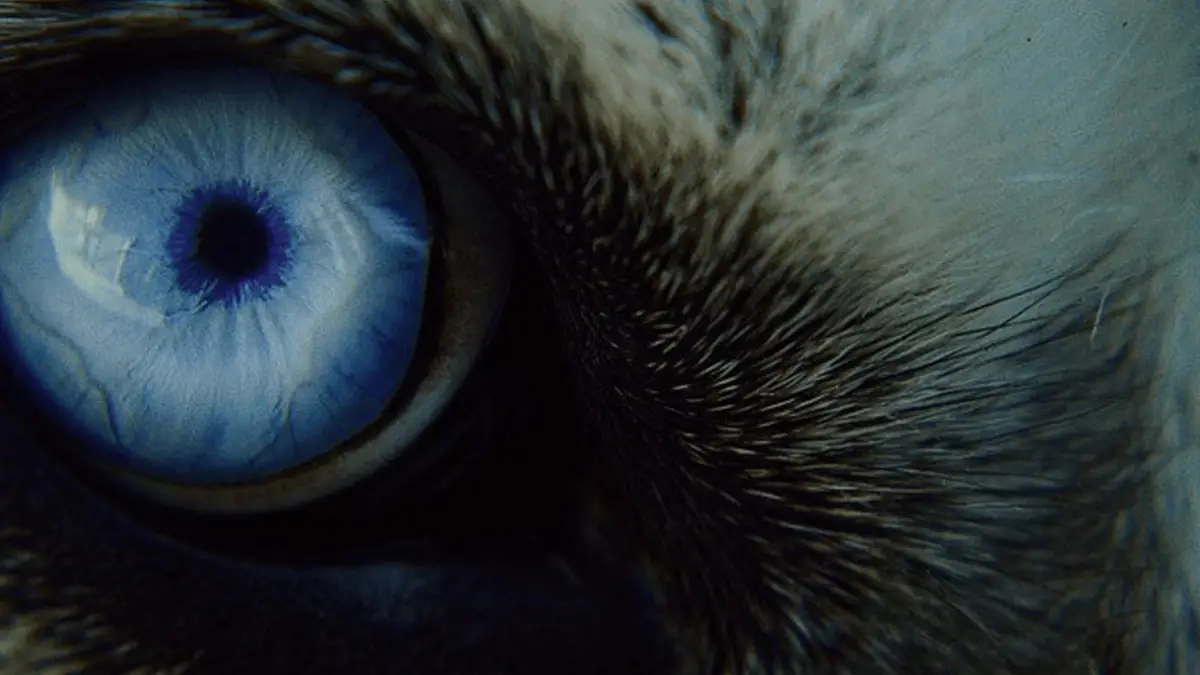SARDS in Dogs: Symptoms, Diagnosis & Prognosis
27.02.2022.
Vision is something we take for granted, and we cannot imagine our life without being able to see. Unfortunately, we can lose our sight suddenly, and the same thing can happen to our dogs. One of the possible reasons for that is called SARDS, or sudden acquired retinal degeneration syndrome. If you noticed signs of vision loss in your dog, here are a few things you should know about SARDS in dogs.
What is SARDS?
SARDS, or sudden acquired retinal degeneration syndrome, is a condition that causes sudden vision loss. SARDS will affect the dog’s retina and cause changes that result in blindness. Many dog owners described this condition as very fast, almost overnight. However, it is more likely that their dogs simply cannot compensate for their declining vision at one moment. In most SARDS cases, the vision loss will happen within 30 days, although some cases can take longer.

What causes SARDS in dogs?
One of the worst things about SARDS in dogs is that we do not know what causes it (it’s idiopathic). There are several theories about what causes SARDS, but they still need definite confirmation. For example, one theory says that SARDS occurs because of inflammation within the retina.
How will SARDS affect my dog?
As we already mentioned, SARDS is quick. It is incurable, and in most cases, result in total blindness within 30 days. Vets and researchers still don’t understand what causes it, but they know what SARDS does. It affects specialized photoreceptors within the eyes. There are different types of photoreceptor cells, and SARDS affects their proper functioning. However, we still don’t know if the problem occurs within the cells or the nerves that transmit information from the eyes to the brain.
What breeds can get SARDS?
Unfortunately, all dog breeds have the potential to develop SARDS. However, it is more commonly seen in certain breeds. Since this condition affects eye parts all dogs have, they all have the potential to develop it. However, some breeds are more at risk, which can mean this disease has a genetic component. Those breeds are;
- Brittany Spaniels
- Beagles
- Maltese
- Bichons
- Cocker Spaniels
- Dachshunds
- Miniature Schnauzers
- Pugs
- Springer Spaniels

Another important thing dog owners should know is that SARDS usually affects middle-aged dogs. Most SARDS cases are in dogs 8 - 10 years old. Another crucial thing is that SARDS is more common in crossbreeds.
How can I know if my dog has SARDS?
Dog owners will notice this condition pretty quickly. Their dogs will seem to gradually lose vision until they are completely incapable of seeing. However, the best way to learn your dog has SARDS, and not some unrelated eye condition that might be impacting their vision, is to get a confirmation from your vet. Most dog owners will notice their dog is bumping into walls and furniture, which is when they’ll book an appointment with the vet and get a diagnosis. You can also learn SARDS symptoms and make an educated guess.
Symptoms of SARDS in dogs
SARDS is quickly developing, so most owners might miss the symptoms their dog is exhibiting. An interesting thing your vet will most likely ask you about is if you noticed symptoms of Cushing’s disease. In many SARDS cases, dogs show signs of hyperadrenocorticism, which are polydipsia, polyuria, weight gain, excessive panting, lethargy, and increased appetite. The most common symptoms of SARDS in dogs are;
- Bumping into objects
- The dog doesn’t want to be away from their owner
- The dog is reluctant to walk up or down the stairs
- Decreased activity
- Standing in the same place
- The pupils will remain dilated instead of contracting when exposed to light

How do vets diagnose SARDS?
Your vet will check the dog’s pupil response to light stimuli. After they notice the pupils remain dilated, they will perform different ophthalmologic tests to check the dog’s reflexes and assess its vision. However, there is one test that will undoubtedly confirm SARDS - electroretinography. The vet will flash a light in the dog’s eye and observe the retina’s electrical activity. If the result shows no electrical activity, the vet can confirm SARDS with 100% certainty.
How is SARDS in dogs treated?
As we already mentioned, SARDS is a fast, progressive, incurable condition. That means it cannot be cured or reversed, and it will inevitably end with partial or complete blindness. We understand that dog owners want to do anything to help their dogs but do not buy unnecessary products that are marketed to help or cure SARDS. You can make your dog’s life as comfortable as possible and make sure you are there for them when they need you. Here is an article that can help you do that - 7 Tips for Carrying for a Blind Dog.
World Dog Finder team







Share